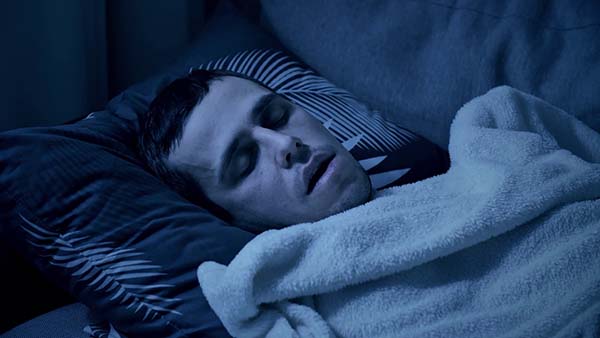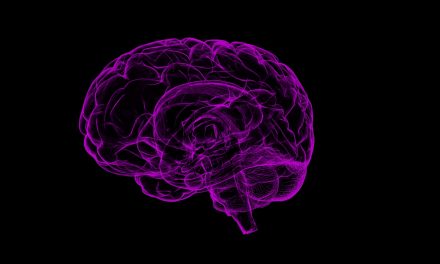Table of Contents
Overview
Parasomnia definition: an umbrella term that describes a set of sleep disorders that are experienced before falling asleep, during sleep, or between the time window that occurs prior to wakefulness.
Today, we classify parasomnias based on when they occur. In other words, there are some parasomnias that happen in the rapid eye movement (REM) cycle, while others occur in the non-rapid eye movement (NREM) cycle.
In this article, we will briefly cover the different types of parasomnia and how they clinically present their symptoms.
The types of parasomnia
NREM-Related Parasomnias
Non-rapid eye movement sleep refers to the first, second, third, and fourth stages of the sleep cycle. It is also known as shallow sleep. Generally speaking, the four stages last around 90 minutes.
The most common NREM parasomnias are the disorders of arousal – arousal in medicine refers to the state of wakefulness. They are characterized by frequent and incomplete awakening, limited cognition during the episode, and minimal responsiveness to stimuli (e.g., noise, touch).
Here are some types of NREM-related parasomnia:
Confusional arousals
In this disorder, the sleeper experiences mental confusion and displays minimal autonomic function. You will notice that someone with confusional arousal has mydriasis (i.e., dilated pupils), fast heart rate, rapid breathing, and profuse sweating.
Sleepwalking
Sleepwalking is a very common form of parasomnia. Patients with this disorder become aware and responsive to their surroundings despite being asleep.
Unfortunately, this disorder often leads to injuries due to losing balance and colliding with objects.
Night terrors
Night terrors, or sleep terrors, make people scream in their sleep. These patients will most likely forget about the source of their terror after waking up.
Note that each night terror episode lasts 30 seconds to 3 minutes.
REM-Related Parasomnias
When the four stages of shallow sleep end, the REM cycle begins. During the latter, the eyes will move from one side to the other in a rapid manner. Additionally, heart rate, breathing frequency, and blood pressure will increase.
Recurrent sleep paralysis
Sleep paralysis describes a feeling of complete loss of control over your movements during sleep or upon waking. You will not be able to move any part of your body during these episodes. However, they only last for a few minutes.
Note that many patients who suffer from recurrent sleep paralysis also deal with anxiety and distress prior to sleep.
Nightmare disorder
While everyone experiences unpleasant dreams at some point, only a few people experience nightmare disorder. People with this condition have recurrent dreams that depict a scenario where their survival is threatened. As a result, they develop fatigue, reduced cognition, and distress when they wake up.
In some cases, patients may develop post-traumatic stress disorder (PTSD), especially when the nightmare is extremely traumatizing.
Takeaway message
Parasomnias are very prevalent in the general population, especially in people with a predisposition to stress and anxiety disorders.
These disorders are divided into two main categories (REM and NREM), with each condition presenting specific signs and symptoms.
If you have any questions about a specific type of parasomnia, feel free to share your thoughts in the comment section below.


















